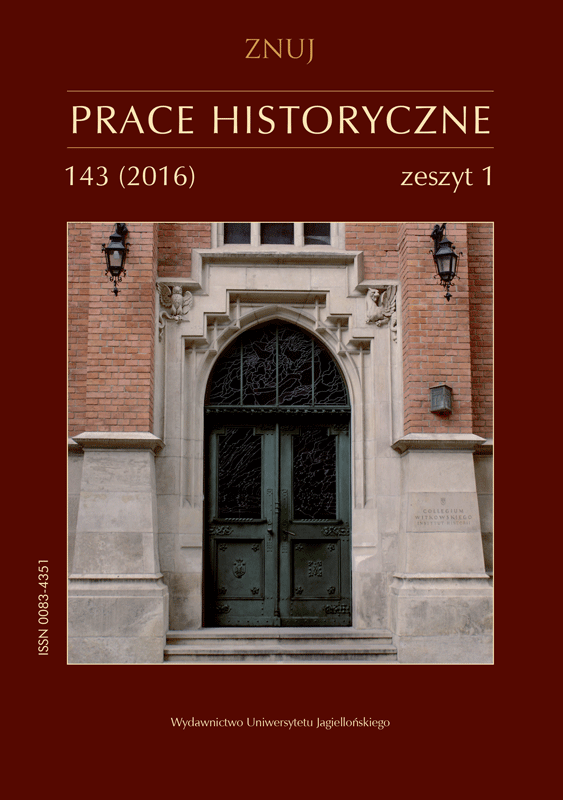Présence sépharades en Pologne. Figures singulières et communauté de Zamosc
The Sephardic Presence in Poland. The Personages and Community of Zamość
Author(s): Ewa TartakowskySubject(s): History, Modern Age, 16th Century, 17th Century
Published by: Wydawnictwo Uniwersytetu Jagiellońskiego
Keywords: Sephardic Jews; Sephardim; Polish Jews; Zamość; Zamoyski
Summary/Abstract: Although the Sephardic Jews had not created any established community till the end of the 16th century, their presence deserves a special attention because it differed from the sociological and legal point of view from that of the Ashkenazi communities in Poland. In fact, the Sephardim were closely related to the royal court or the houses of high Polish nobility; they were doctors, scientists, diplomats and enjoyed special privileges. It was also based on a special privilege that the first and sole established Sephardic community developed in Zamosc. This city, founded in 1580 by Jan Zamoyski, had the right of passage for trade routes that attracted a population of wealthy merchants including the Sephardic Jews. Although the city’s lease document initially allowed intramural settlement only to Christians, Jan Zamoyski in 1588 and then Tomasz Zamoyski in 1623 established privileges allowing the Sephardim to settle in the city. A Sephardic community grew up, not subject to the obligations of the Council of Four Lands (Va’ad), a body of Jewish authority and representation in the Polish-Lithuanian Commonwealth between 1580 and 1764. The Sephardic community of Zamosc disappeared in the 1620s under the combined influence of “mixed” marriages with the Ashkenazi, their progressive installation in the city, wars and, finally, migration. Few in number, without a long-term rooting, poor of cultural exchanges with other communities, the Sephardic presence would finally disappear, leaving few traces behind...
Journal: Prace Historyczne
- Issue Year: 143/2016
- Issue No: 1
- Page Range: 37-55
- Page Count: 19
- Language: French

